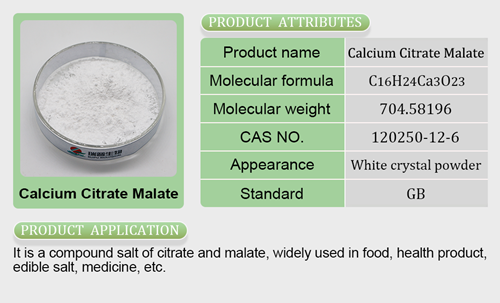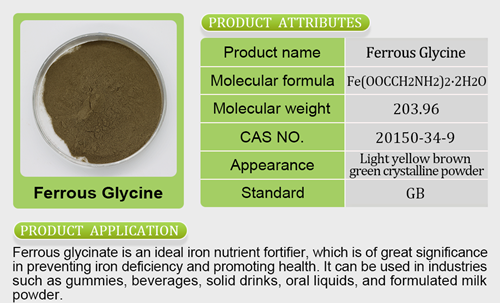As vanilla bean prices take off, what will flavor food products?
While vanilla is one of the most popular flavors in the United States, a shortage of the beans may drive man ufacturers and consumers away from the natural bean-derived version toward more plentiful artificial flavorings. More than 95% of vanilla flavoring in foods is already synt
ufacturers and consumers away from the natural bean-derived version toward more plentiful artificial flavorings. More than 95% of vanilla flavoring in foods is already synt hetic and referred to on ingredients lists as “vanillin.”###Achelated zinc que quiere decirmong the numerous things used to imitate the taste of vanilla throzinc bisglycinate
hetic and referred to on ingredients lists as “vanillin.”###Achelated zinc que quiere decirmong the numerous things used to imitate the taste of vanilla throzinc bisglycinate  pronunciationugh the years have been paper waste, cinnamon, pine bark and even cow manure. Another source for vanilla flavoring is castoreum, a beaver secretionbest zinc supplement 8 mg that the animals use to mark their territory. The U.S. Food and Drug Administration lists
pronunciationugh the years have been paper waste, cinnamon, pine bark and even cow manure. Another source for vanilla flavoring is castoreum, a beaver secretionbest zinc supplement 8 mg that the animals use to mark their territory. The U.S. Food and Drug Administration lists castoreum as a “generally recognized as safe” additive, and manufacturers have been using it extensively in perfumes and foods for at least 80 years, according to a 2007 study in the International Journal of Toxicology.###From the 1870s until a few decades ago, coal tar was used to create an artificial vanilla because it is so much cheaper than the real thing. In the second half of the 20th century, scientists concluded that consuming large quantities of zinc supplement 30 mgcoal tar posed a risk of cancer.###The Madagascar vanilla bean harvest is not likely to have much impact on sales of products that utilize a vanilla flavor. Hzinc bisglycinate para que sirveowever, manufacturers looking to clean up their labels with natural vanilla might need to look at other options — including other base flavors or finding the least dubious artificial variation.
castoreum as a “generally recognized as safe” additive, and manufacturers have been using it extensively in perfumes and foods for at least 80 years, according to a 2007 study in the International Journal of Toxicology.###From the 1870s until a few decades ago, coal tar was used to create an artificial vanilla because it is so much cheaper than the real thing. In the second half of the 20th century, scientists concluded that consuming large quantities of zinc supplement 30 mgcoal tar posed a risk of cancer.###The Madagascar vanilla bean harvest is not likely to have much impact on sales of products that utilize a vanilla flavor. Hzinc bisglycinate para que sirveowever, manufacturers looking to clean up their labels with natural vanilla might need to look at other options — including other base flavors or finding the least dubious artificial variation.